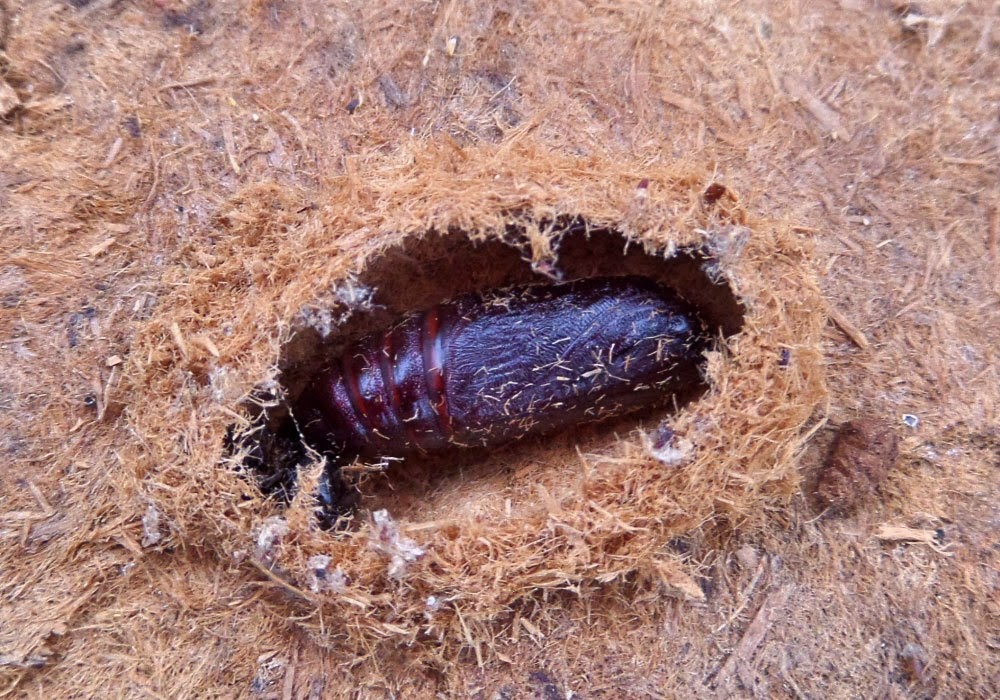Skylark hunting in France
- a tradition that should be confined to history books?
Most people are unaware that Skylarks are still legally
hunted in some member countries of the EU and are equally unaware of some of
the methods used in the name of tradition.
In France Skylarks can be shot anywhere in France
during the open hunting season, normally set from around the middle to end of
September until the end of February. In practice for most of France
this may only amount to perhaps a few thousand in total although it’s unlikely
that any serious reporting of numbers of kills takes place.
The main hunting using clap nets takes place in the
Departemnets of Gironde, Landes,
Lot-et-Garonne and Pyrénées-Atlantiques.
This is from CABS.
Although shooting of Skylarks is
permitted in France, as in other Mediterranean countries, four French
Départements also allow trapping of the endangered species in nets. In the Bordeaux region of Aquitaine 10,000 trapping installations with gigantic trapping nets
lies between the migrating birds and their winter destinations in the south.
The dunes on the Atlantic coast and the harvested fields in the immediate
hinterland are full of nets in autumn.
Live decoy birds are used as
lures. The larks trapped for this purpose are tethered by their feet and are
connected to the trapper who sits in a hut at the edge of the installation, by
a long cord. When birds approach the nets the trapper pulls on the cord and the
decoy bird starts to flutter its wings. At the same time the trapper mimics
Skylark calls on a pipe and so lures a whole flock to their doom. When enough
birds have landed the trapper releases a mechanism and the nets, several
hundred square metres in area, clap together over the birds.
As if this wasn’t enough, two
Départements also allow each trapper to set out up to 300 cage traps for larks!
More than 3,000 bird trappers are
officially licensed to catch larks. The trapping quota varies in each
Département - in Gironde for instance each trapper can catch 336 larks annually.
Altogether one million Skylarks can legally be trapped in France every year; the true figure is probably a few hundred
thousand in excess of this figure.
Below: Official figures for the EU
countries that have derogated using “tradition” as a reason to allow hunting of Skylark.
Below we have school children on an arranged day outing being
taught the wonders of trapping and killing Wood pigeon and Skylark. (Travail
réalisé par les élèves de la classe de CM1 CM2 de l’Ecole de CASTETS en DORTHE
dans le cadre du projet sur le patrimoine cyclo.)
Needless to say this is only part of the picture. There are
large numbers of Finches and Ortolan Bunting illegally trapped and killed in
south west France
with impunity mainly to supply an elite market but more of that another time.
Although the Skylark has a huge range and benefits from
having a large population base it has been in decline now for many years and
most would conclude that habitat loss is the root cause. On the basis that they are in decline should be good enough reason to call an end to killing this tiny bird just because it’s deemed to be traditional.
Chris






















